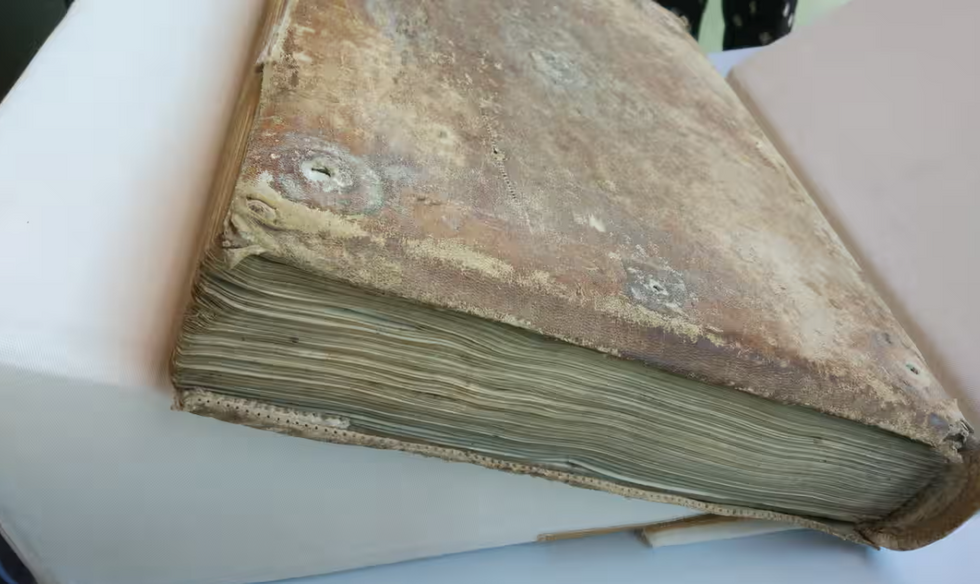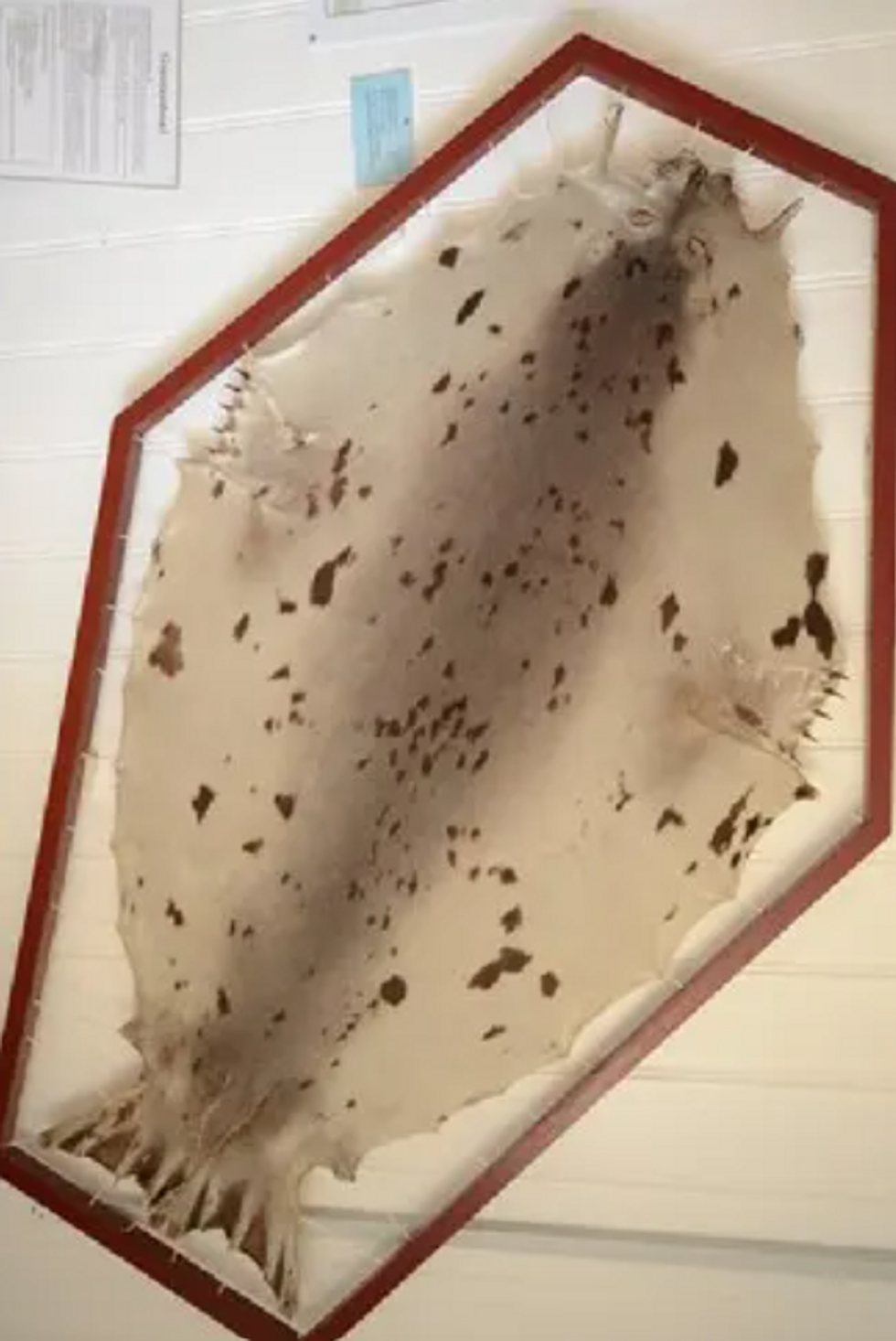The discovery challenges long-held assumptions about medieval book production using locally available materials
Don't Miss
Most Read
Trending on GB News
Medieval book covers previously thought to be made from deer or boar skin are actually made of sealskin from northern regions, researchers have discovered.
The 'hairy' covers of 12th and 13th-century books from French monasteries were crafted using seals believed to be from Scandinavia, Scotland and potentially Iceland or Greenland.
This surprising finding hints at extensive medieval trade networks that connected inland monasteries to distant northern regions.
Researchers analysed volumes from Cistercian monasteries, including Clairvaux Abbey in France, identifying 43 books with sealskin covers.

The 'hairy' covers of 12th and 13th-century books from French monasteries were crafted using seals
Royal Society Open Science
The discovery challenges long-held assumptions about medieval book production using locally available materials.
The research, published today in Royal Society Open Science, revealed that harbour seals, a harp seal and a bearded seal were used to make the book covers.
The books are protected by a cover, or "chemise", on which hairs remain visible.
Researchers conducted protein and DNA analysis after noticing the hair follicle distribution didn't match deer or boar.
"I was like, 'that's not possible. There must be a mistake,'" said Élodie Lévêque, of Panthéon-Sorbonne University in Paris, upon learning the samples were sealskin.
She sent the samples for testing again, with the same result confirming the unexpected sealskin origin.

While sealskin was commonly used for manuscript covers in Scandinavia and Ireland, its presence in inland French monasteries was 'surprising' to researchers
Wikimedia Commons

The books are protected by a cover, or 'chemise', on which hairs remain visible
Royal Society Open Science
While sealskin was commonly used for manuscript covers in Scandinavia and Ireland, its presence in inland French monasteries was "surprising" to researchers.
"Contrary to the prevailing assumption that books were crafted from locally sourced materials, it appears that the Cistercians were deeply embedded in a global trading network," the research paper states.
The monasteries were likely connected to Norse trading routes that extended into continental Europe.
These routes transported goods like walrus ivory and fur from northern regions.
Norse settlers in Greenland from the 10th to 13th centuries established trade links with northern Europe.
There is no written record of sealskin purchases at Clairvaux Abbey, suggesting indirect procurement through extensive trade networks.
The colour of the sealskin likely influenced its selection by Cistercian monks.

Sealskin was also valued for its durability and water resistance
Royal Society Open Science
Today the covers appear brown, but researchers believe they were originally light grey or white.
This would align with Cistercian preferences, as they favoured white clothing and objects to distinguish themselves from the brown-associated Benedictine order.
The monks may not have even known they were using sealskin, as seals were rarely depicted in medieval art.
During this period, the French language lacked a specific term for "seal".
Sealskin was also valued for its durability and water resistance.
In northern Europe, seals were commonly hunted for meat, blubber for heating, and skin for clothing including gloves, boots and coats.









